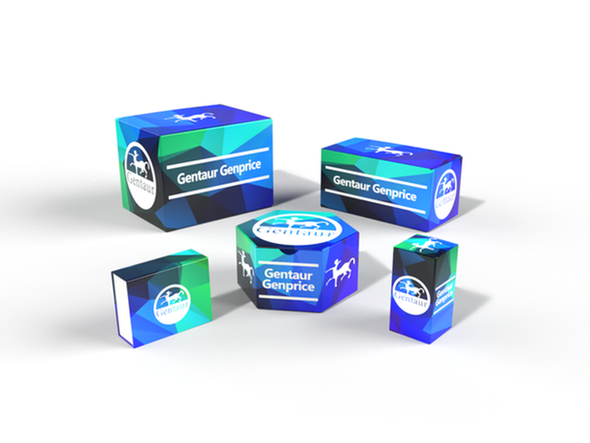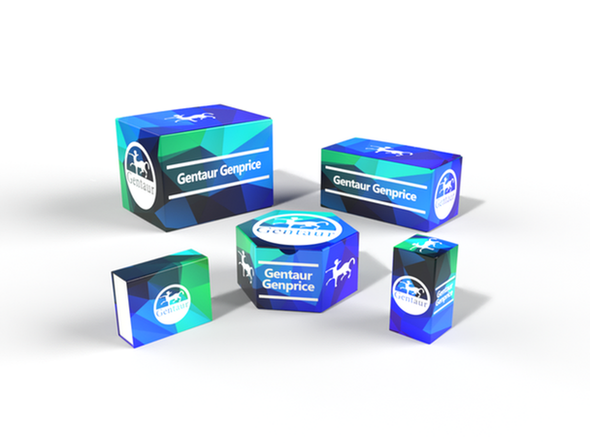451 Recombinant Proteins and Cell culture
BoNT-A | Botulinum Neurotoxin A (Heavy Chain Binding Domain), FITC-conjugated | AS20 4466
- SKU:
- 451-AS20 4466
- Availability:
- Usually ships in 5 working days
Description
BoNT-A | Botulinum Neurotoxin A (Heavy Chain Binding Domain), FITC-conjugated | AS20 4466 | Gentaur UK, US & Europe Distribution
Immunogen: Highly purified Botulinum Neurotoxin Type A (Heavy Chain Binding Domain) from Clostridium botulinum
Host: Chicken
Conjugation: FITC
Clonality: Polyclonal
Isotype: N/A
Purity: Immunogen affinity purified in PBS pH 7.2. Contains 0.075% sodium azide.
Format: Liquid
Tested Application: Immunohistochemistry (IHC)
Related Products: AS16 4087 | Anti-BoNT-B | Botulinum toxin B, rabbit antibodiesAS16 4088 | Anti-BoNT-E | Botulinum toxin E, rabbit antibodiesAS20 4465 | BoNT-A | Botulinum Neurotoxin A (Heavy Chain Binding Domain)
Recommended Dilutions: To be determined by the end user
Molecular weight: N/A
Confirmed Reactivity: Botulinum toxin A heavy chain binding domain
Predicted Reactivity: N/A
Not reactive in: N/A
Additional Information: N/A
Background: Botulinum toxin is a toxin produced by the anaerobic, gram-positive, bacterium of the genus Clostridium (C. botulinum, C. butyricum, C. baratii and C. argentinense) . These strains are widely distributed and can be found in soil and dust. Eight types of botulinum toxin are distinguished, named type A-H. Type A and B are capable of causing disease in humans (botulism) and have longest activity in vivo, and are also used commercially (BOTOX) and medically. Types C-G are less common; types E and F can cause disease in humans, while the other types cause disease in other animals. BotA is cleaved into two chains: heavy and light.Alternative name: Bontoxilysin-A
Reconstitution: N/A
Storage: Store at -20°C; make aliquots to avoid repeated freeze-thaw cycles. Please remember to spin the tubes briefly prior to opening them to avoid any losses that might occur from material adhering to the cap or sides of the tube.
TAIR Nnumbre: N/A
Category: Other compounds
Research Area: Toxins






